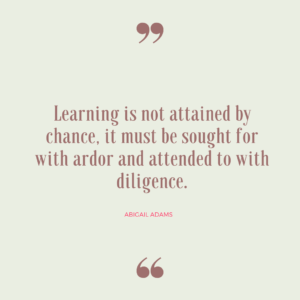As I sit here in Ohio under a “stay at home” order from the Department of Health, I’m reminded of the Monopoly game and the opportunity to draw the “land in jail” card: “Do not pass go. Do not collect $200. Go directly to jail.” I suspect that a lot of us feel like we just landed in jail without our $200 for passing go. Converting in-person training classes to online training occupies our brains and our work life. Organizations and businesses are scrambling to provide training for their employees to keep them engaged and moving forward when it seems that everyone is stuck in place. It’s no different in the real estate world where I work.
Although real estate services have been determined to be “essential services” in Ohio, many agents are not going on appointments, whether to list properties for sale or lease or to show prospective buyers and renters new homes. We’re living in an era of low inventory, and the current state of affairs has lead to even less properties coming on the market. (There are some people listing their homes for sale, however. People still need to move.)
There’s no better time for a real estate agent to sharpen their skills and work on their business, right? Brokerages and agents who adapt and learn during this time will be in a position to benefit from pent up demand when people reenter the market. Now is the time to ramp up learning opportunities, and remote/online learning can fill the need.
I will confess – I like presenting live, online training sessions. There is the challenge of engaging participants despite the distance. In most cases, I can’t hear or see them. How do I know that what I’m teaching is learned? This is the major difference between online and in-person training, and it scares most trainers who are accustomed to judging a student’s acquisition of the material by their immediate feedback, whether that feedback comes in the form of body language, questions asked, or passing a test. In the online classroom of webinars and meetings, we use other tools to judge students’ understanding of the material.
Trainers can still ask questions of the webinar participants to gauge their comprehension of the material. I have participants write responses in the chat box at regular intervals. I also have them respond to requests for input such as: “What topics do people look for on a real estate website?” The primary goal of this is to get the participants thinking about the kind of content they might provide to consumers on their individual websites, but this also serves as a group exercise to foster a kind of esprit de corps among the participants.
Polls give the trainer the ability to judge whether the participants have absorbed the material being taught and/or set the stage for what’s to come. I like to run polls to determine first where participants are in their understanding of the material I’m about to present. I can get reactions to a statement or have them indicate opinions. Polls can also help me determine if the material I taught “landed” with the participants. I have to always keep in mind what my purpose is when I construct the poll.
Because I can get very absorbed in presenting the material, I schedule breaks in the flow of the topic to solicit questions from the participants. Depending on the ease of use of the webinar platform you use and the size of the audience, questions can be written in a chat or questions box or microphones taken off mute for participants to speak. These are brief “check ins” for me as the presenter to make sure I keep participants’ attention and to help me assess what I need to repeat in the course of the training.
Some online training platforms such as GoToWebinar and Zoom let the organizer attach surveys to the webinar that can launch at the completion of the webinar or the next day. I ask participants to rate me as an instructor, tell me what topics they were glad we covered and which ones they would like more instruction on. I also give an opportunity for participants to contribute topics for future trainings.
I know I’m not a perfect trainer online just as I make mistakes in the classroom. I’ve learned to speak online so that participants get the message though. And right now, I’m glad I’ve honed this skill so that I can continue to train even if I can’t stand in front of a group of real estate agents personally.







